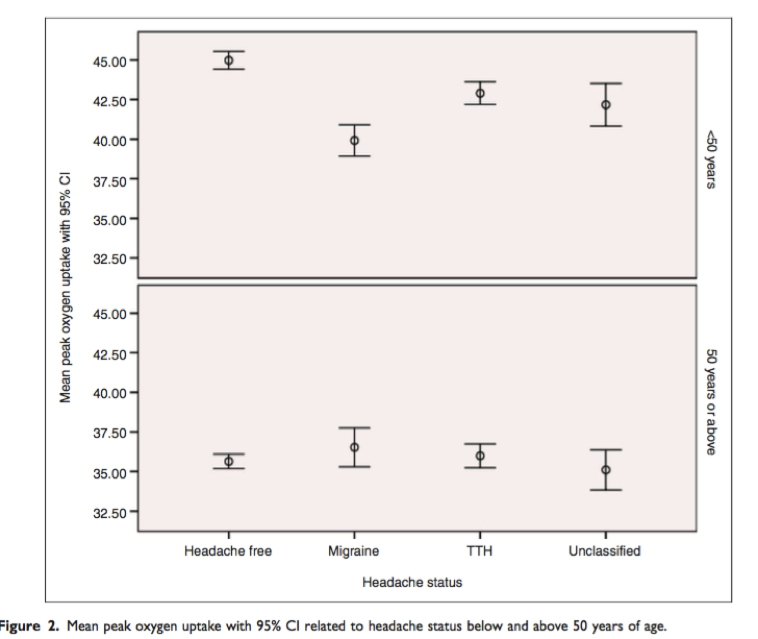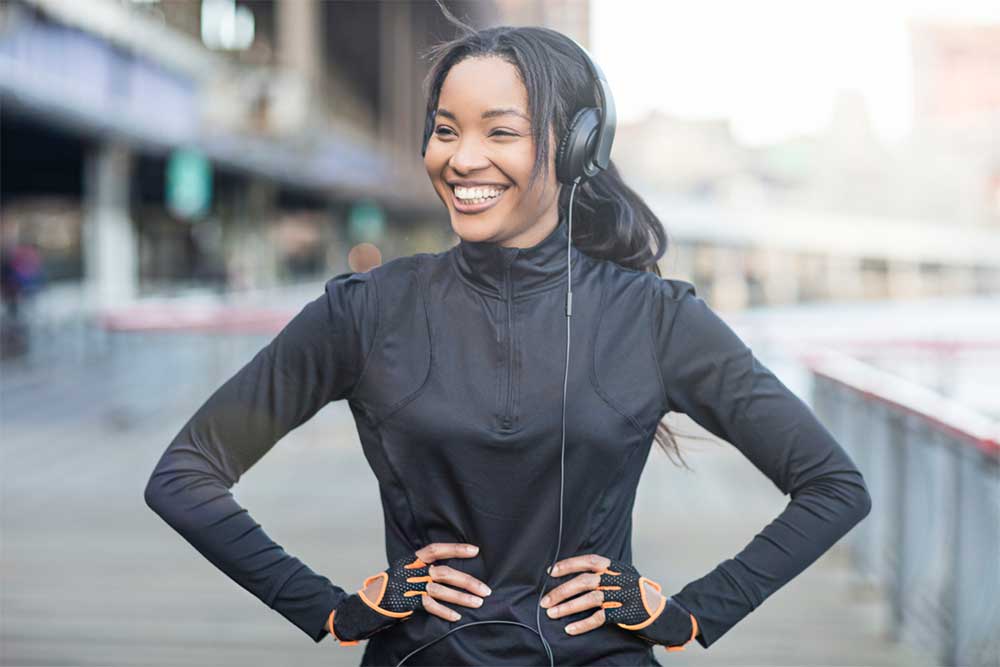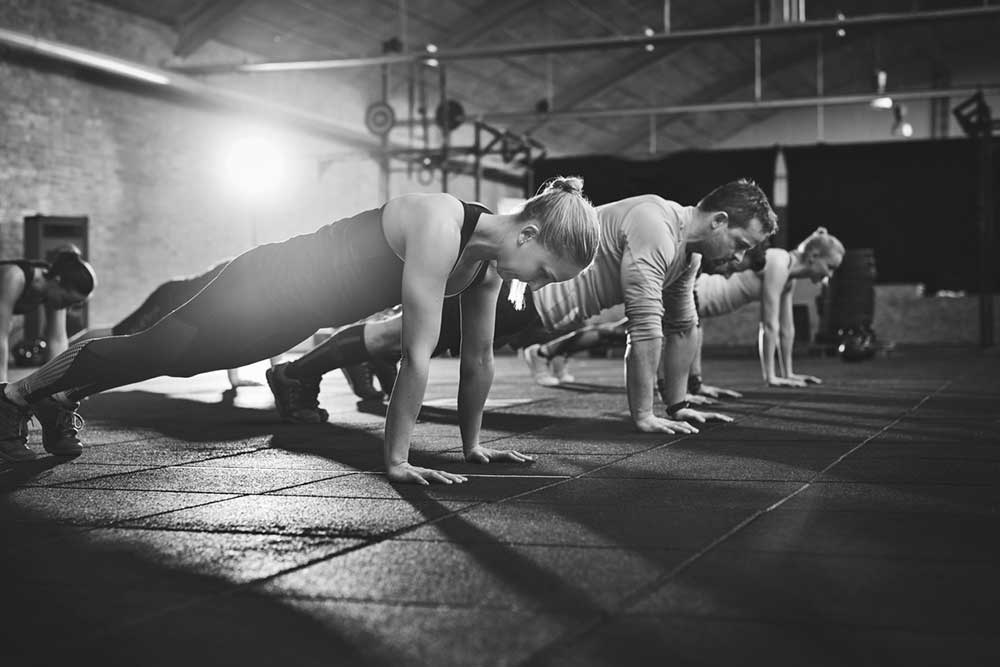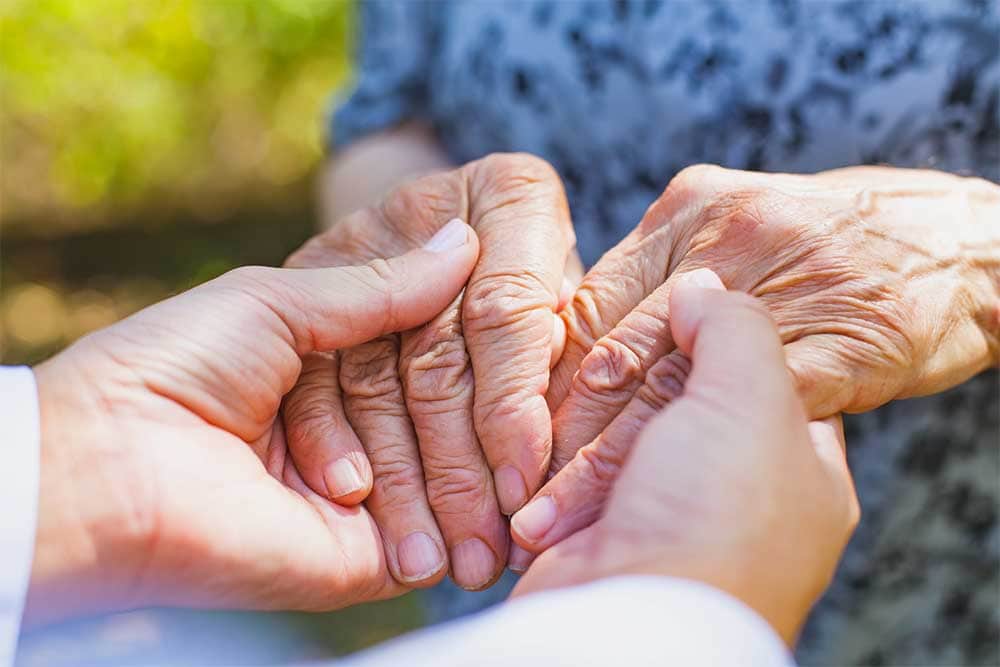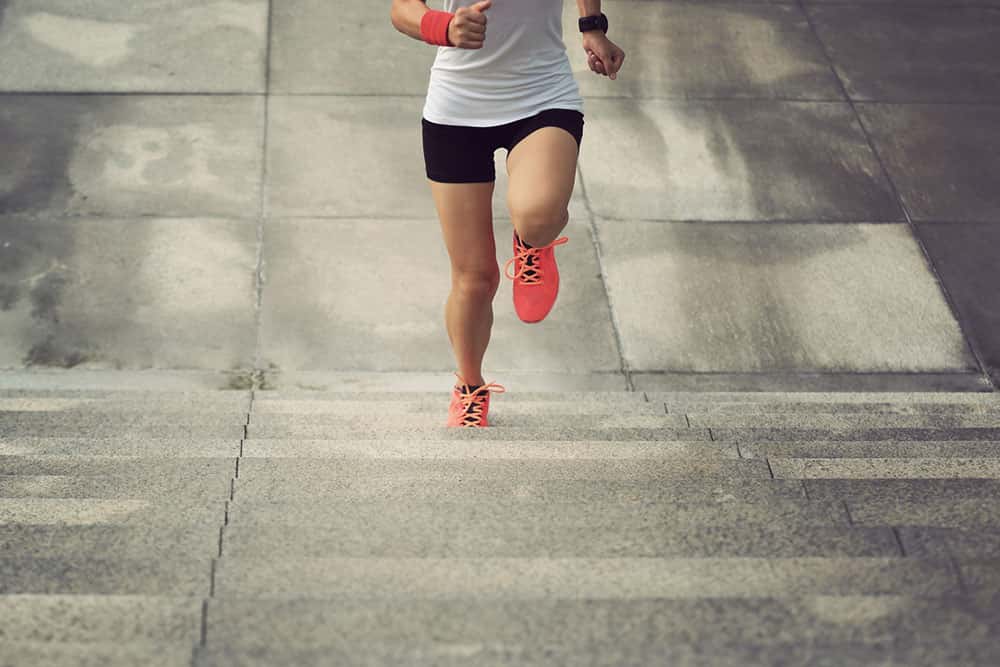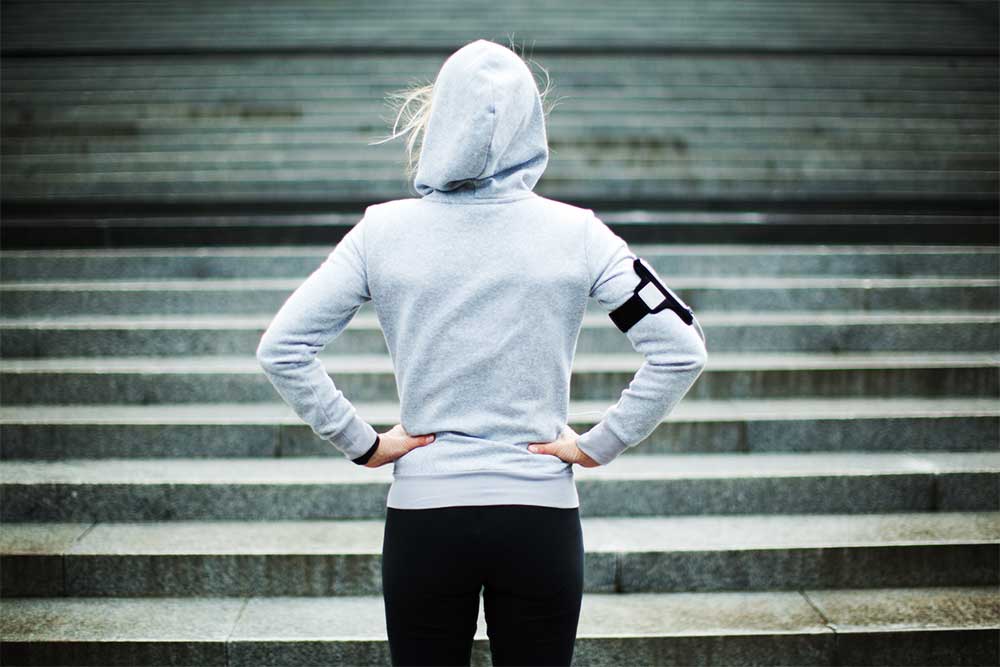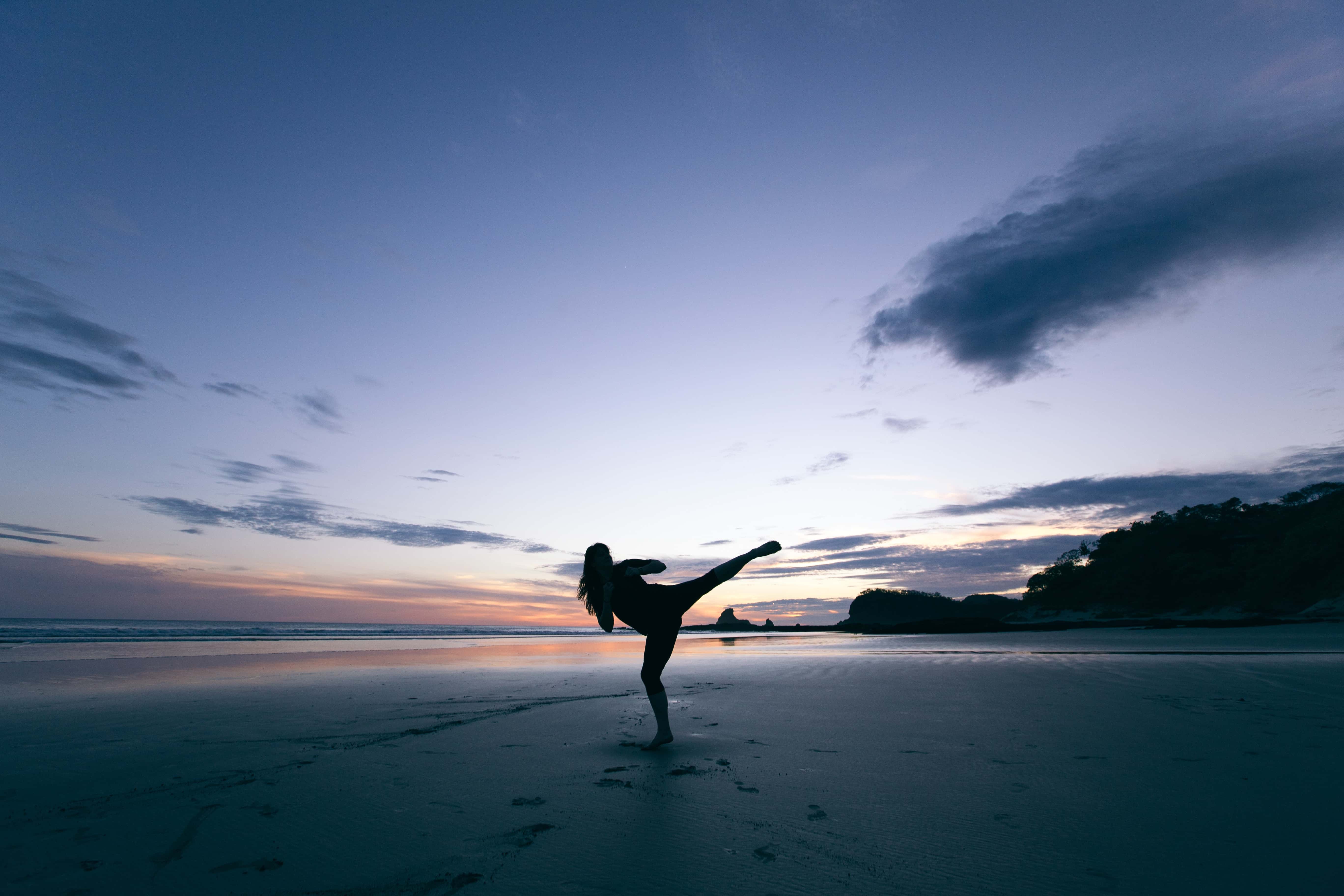Headaches and VO2 max

Catherine O’Brien
Headaches are a prominent health concern with 1 out of every 7 Americans suffering from headaches regularly. Because of the prevalence of this problem and my own curiosity about headaches as they relate to exercise, I will focus my next series of articles on the relationship between headaches and physical fitness as well as some research on how exercise may help with headache symptoms.
The Problem:
According to the National Ambulatory Medical Care Survey and the National Health Interview Survey (NHIS), 14.2% of US adults (18+) reported experiencing a migraine or severe headache in the previous three months. Statistics show that migraines are more common in females and are most prevalent among females 18-44. If you have ever experienced a bad headache, you know the pain can be debilitating and immobilizing. Fortunately, the scientific community has dedicated a great deal of research to the topic.
Related Article: Do Genetics Give You A Competitive Advantage?
A study conducted by Hagen and colleagues investigated the relationship between headache and physical fitness as previous research on the matter was conflicting. In order to examine this relationship, they measured peak oxygen uptake (aka VO2max) which is a widely accepted and utilized measure of cardiopulmonary fitness.
The VO2 Max Test:
In order to measure participant VO2max, researchers administered a treadmill test and measured the oxygen consumption throughout. The test beings with a warmup and then the incline and speed of the treadmill is increased until exhaustion. A participant was considered to have reached his or her VO2peak when the oxygen uptake did not increase (>2ml-kg-1-min-1) despite the increased exertion.
Participants completed the HUNT3 Q2 questionnaire in order to determine whether the person experience headaches and whether they suffered tension type headaches (TTH) or migraines.
The researchers were also interested in whether the participants fulfilled the American College of Sports Medicine (ACSM) guidelines for physical activity. As such, they administered questions to gather information about whether the participant either exercised at high intensity for 30 minutes or more 2-3x per week or exercised at medium intensity for 30 minutes or more almost every day. Participants who reported engaging in this type of physical activity were considered to be a part of the “fitness sample”.
The Findings:
Results demonstrated an inverse relationship between headaches and VO2max such that subjects who experienced headaches tended to be in the lower most quintile of VO2max. This relationship was significant for the 20-50 age bracket but was not significant for the 50+ cohort. See figure below.
Related Article: Obesity & Dopamine Dysfunction
Additionally, analyses revealed that this inverse relationship was present for participants who engaged in the recommended amount of exercise (fitness sample) and those that did not. In this way, the researchers aimed to control for the key confounding variable- exercise. The results showed that, regardless of the exercise regime, VO2max was lower for participants with headaches. From my perspective, this was a very interesting finding as it suggests that fitness regimen was not a significant factor in this relationship. This is interesting and even surprising because VO2max is a measure of physical fitness. Hagen et al. provide some hypotheses as to why this occurred, one of which was genetics. They posit that, perhaps, the same genes that predispose an individual to headaches may also predispose them to lower VO2max.
The Next Step:
It is important to acknowledge that, in many cases, intense physical activity may induce or worsen headaches. In the current sample, 36% of participants indicated that physical activity induced headaches. As such, it is not entirely surprising that they found an inverse relationship between VO2max and headaches. That said, more than 1/2 of the participants (54%) who experienced headaches reported that exercise did not aggravate headaches. This got me thinking -Would these participants benefit from engaging in exercise? Could exercise help remediate some symptoms and decrease the frequency and intensity of their headaches? Fortunately, I am not the only one who has these questions about the possible remediating effects of exercise on headaches. My next article will delve into some of the research on this topic.
You Might Like:
Reduce Cigarette Cravings with Acute Exercise
Catherine O’Brien It is no secret that smoking is a major health hazard that significantly increases risk of cancer, heart disease, stroke and other health problems. That said, 20% of adult men and 16% of...Effects of Outdoor Exercise
Catherine O’Brien Why Does Exercising Outdoors Feel So Much Better? I have always been a proponent of outdoor exercise, particularly running. There is something so satisfying and therapeutic about the fresh air and the sound...Music – Your HIIT Recovery Secret Weapon
Catherine O’Brien The effects of music on exercise experience is a common theme throughout my articles. I am always interested in the relationship between music and physical activity and how music can alter an exercise...Vestibular Migraines: Could Exercise Be The Answer?
Catherine O’Brien My last article highlighted the inverse relationship between headaches and VO2 max levels such that individuals who experienced headaches regularly had, on average, lower VO2 peaks than their control counterparts. Perhaps one of...Which Is Better For The Brain – Long Duration Or Short High Intensity Exercise?
Catherine O’Brien High intensity interval training (HIIT) is a form of exercise that utilizes “repeated bouts of short-to-moderate duration exercise at an intensity of 85-90% of peak oxygen uptake or 90-95% of peak heart rate...3 Strength Exercises For Individuals With Essential Tremor
Catherine O’Brien Essential tremor (ET) is a neurological disorder characterized by involuntary and rhythmic shaking. Typically, tremors occur in upper extremities such as the hands but tremors can exist in other body parts as well...References:
Burch, RC., Loder, S., Loder, E., and Smitherman, TA. (2015). The prevalence and burden of migraine and severe headaches in the United States: updated statistics from government health surveillance studies.
Hagen, K., Wisloff, U., Ellingsen, O., Stovner, L.J., and Linde, M. (2015). Headache and peak oxygen uptake: The HUNT3 study. Cephalagia: International Journal of Headache, 36(5), 437-444.

